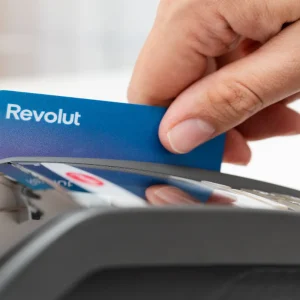
In the last twelve months digital disruption has become a standard phase for the effect of forms of IT which are being deployed in all businesses.
While obviously sector specific, digital disruption to a bank is far different from that of a manufacturer but has more in common with the digital disruption experienced by a retailer or a transport company.
In retail finance, digital disruption could be characterised as the expectation for multi-channel personalised integrated banking services. This would encompass everything from mobile based payments, account management, credit all the way to financial planning and mortgage and insurance products. The expectation for consumers is a secure multi-platform seamless experience.
For retailers digital disruption is about providing customer engagement, customer recognition and a fully integrated digital and physical experience. Etail and retail systems are being integrated. Shopping carts are no longer abandoned and in-store experience reflects that of online expressed preferences. Again, personalisation is the goal.
Today’s digital disruption for a manufacturer will involve the industrialised IOT. Factories themselves are being fitted with sensors to control plant and optimise productivity. Digital disruption goes beyond the old world of ERP and supply chain management to and IOT enabled world where data from design through to production drives greater insight to processes and production. And the next phase is building IOT into manufactured goods. From car makers to white goods digital is now baked in to the products. This means monitoring performance, monitoring use, reducing meant time to repair, pre-break maintenance. This is especially important in areas such as medical equipment manufacturing or road traffic accident alerts.
The societal implications of digital disruption are yet to be understood. The rise of smart cities, with leaders such as Barcelona, Dubai and Singapore deploying sensor based equipment from everything from traffic to waste management are only just beginning to be felt.
In 2015 the outgoing CEO of Cisco projected that by 2020 many of the US Fortune 500 companies which existed then would be digitally disrupted out of business within five years.






